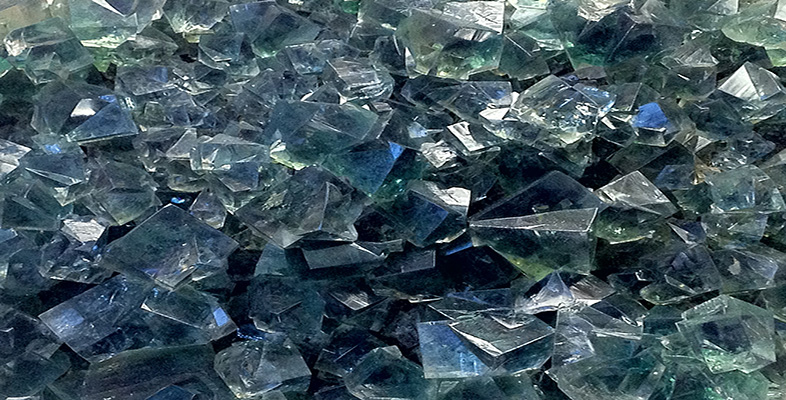3.9 Learning outcomes for Section 3
Now you have completed this section, you should be able to:
- summarise the range of silicate mineral structures in terms of various degrees of SiO4 polymerisation
- outline the essential structural features of the common rock-forming minerals: olivine, garnet, pyroxene, amphibole, mica, quartz and feldspar
- give examples of some physical properties of minerals that can be attributed to specific crystal structural features
- describe the basic chemistry and properties of common rock-forming minerals in the Digital Kit
- describe the distinguishing features of the major rock-forming minerals in hand specimen and thin section.
Now try the following questions to test your understanding of Section 3.
SAQ 9
The structure of quartz is built entirely of SiO4 units. Why, then, is its chemical formula SiO2?
SAQ 10
Quartz and mica are both silicate minerals, but they have very different cleavage properties. How do quartz and mica differ in this respect, and why?
SAQ 11
What is meant by solid solution? Give two examples of important rock-forming minerals that exhibit solid solution.
